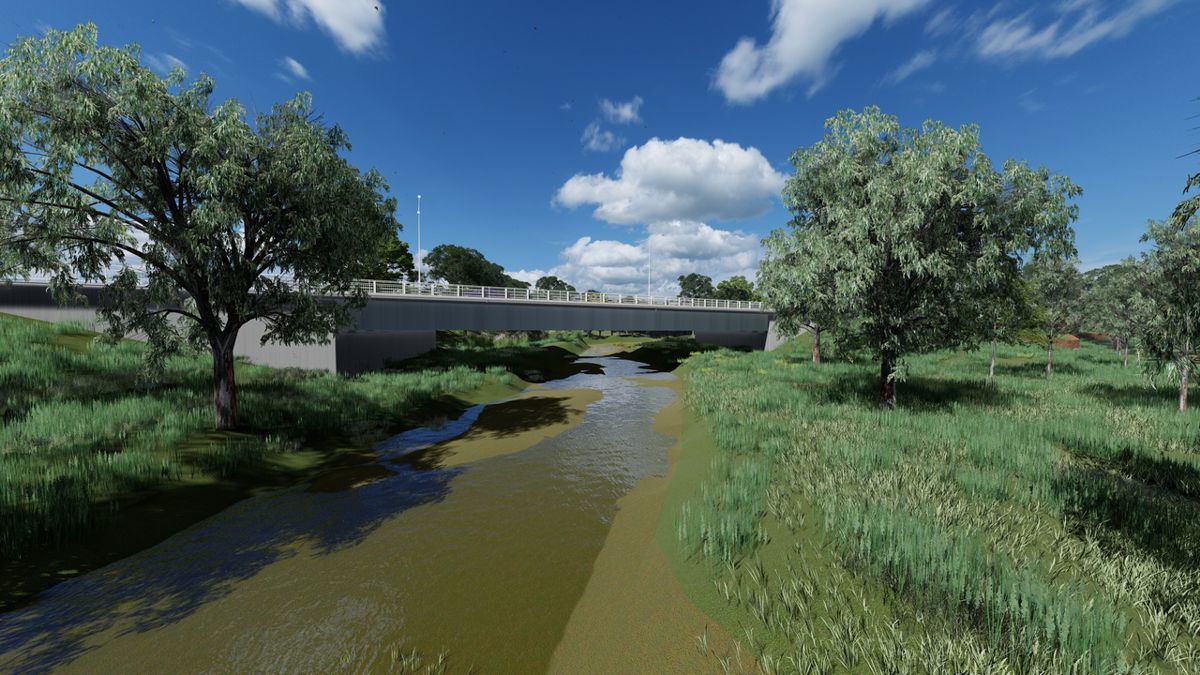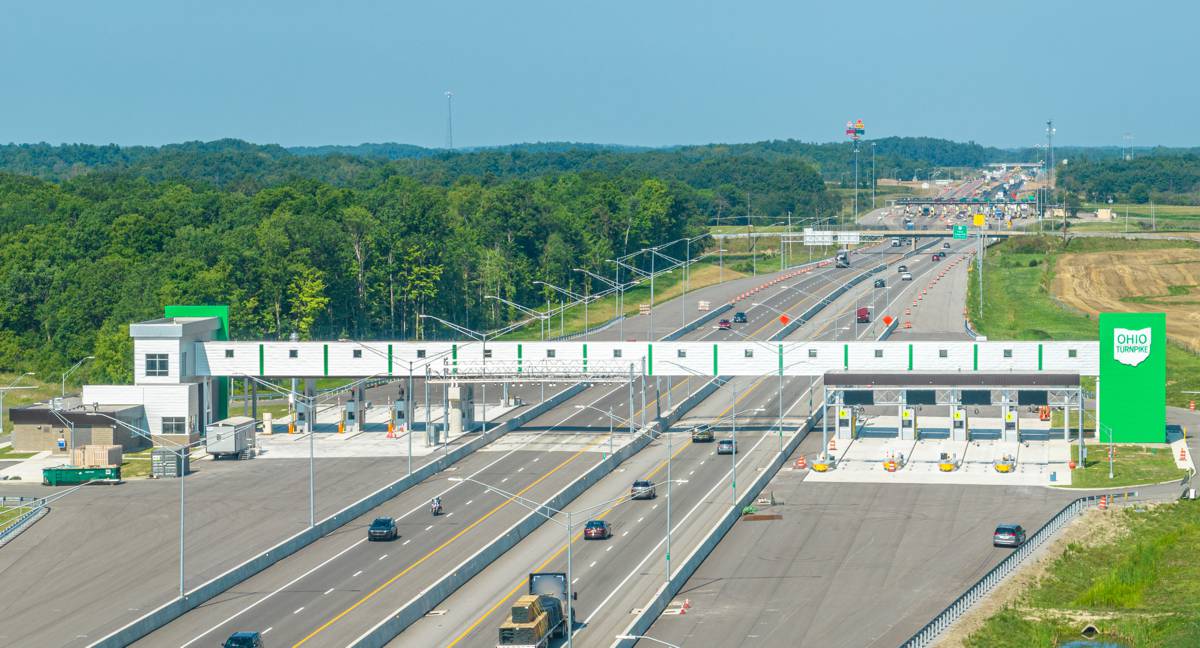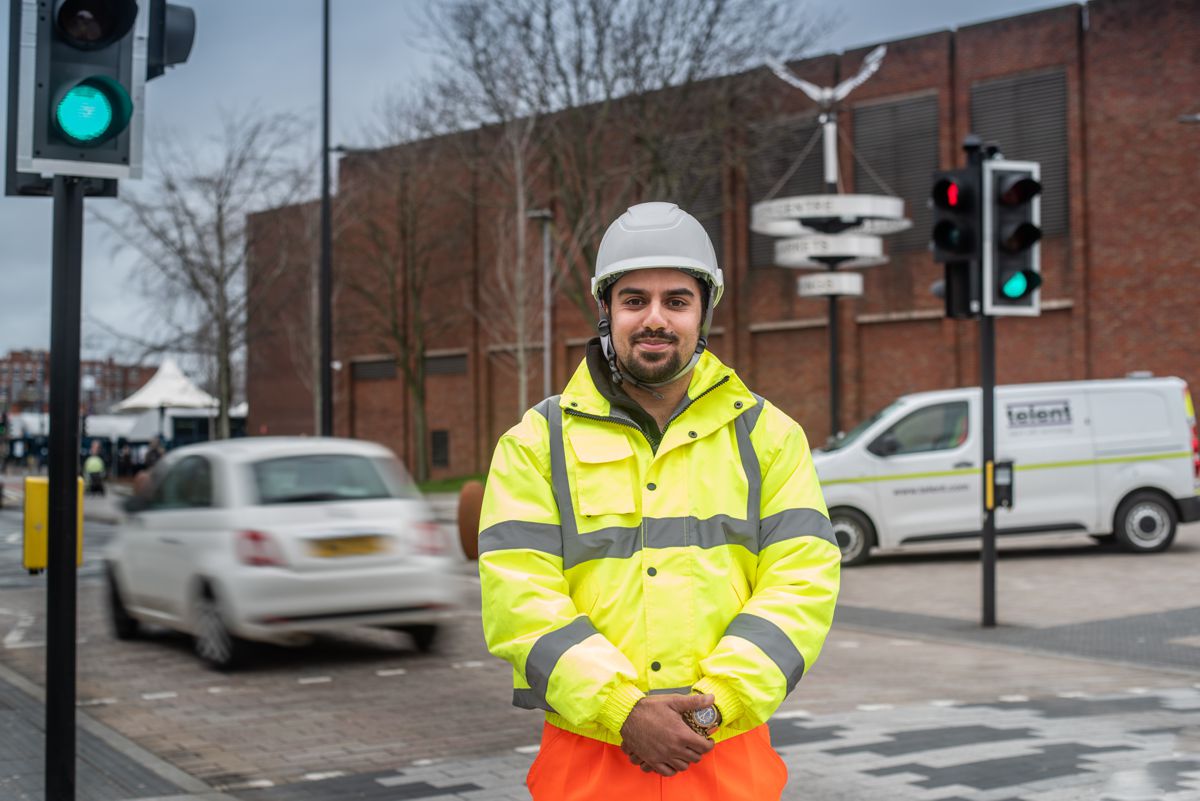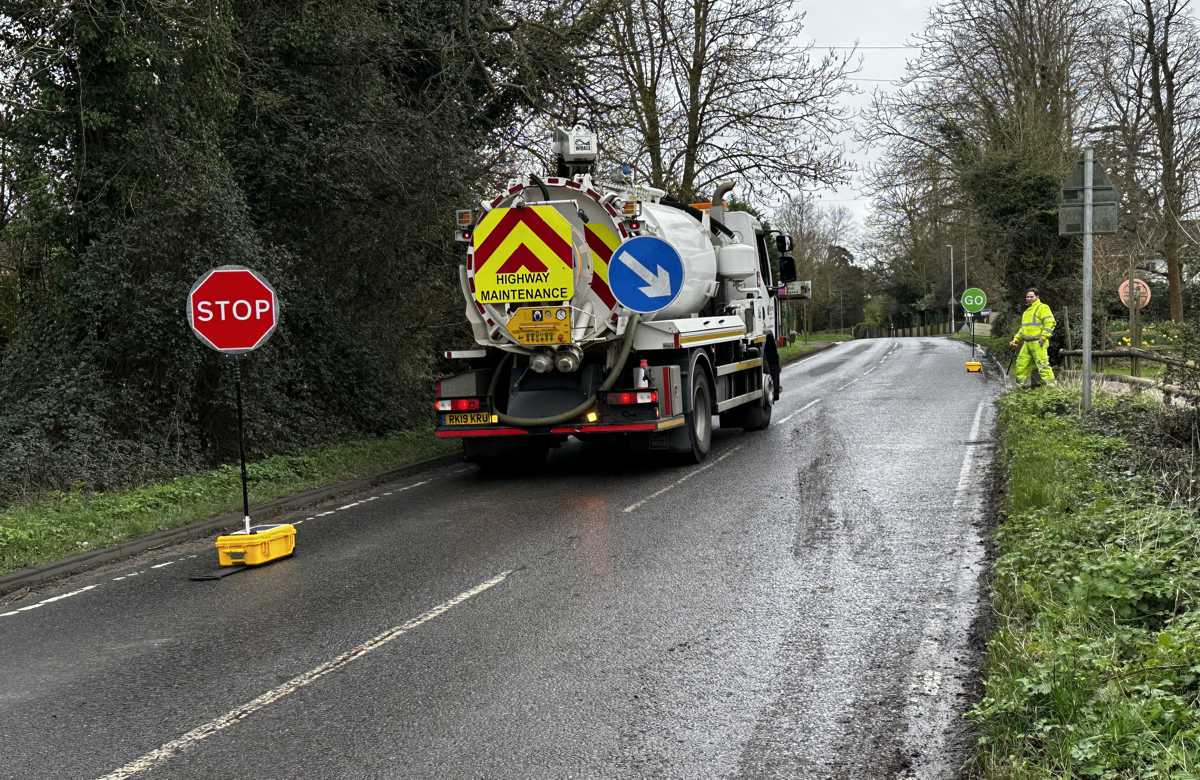Great Eastern Bypass Interchanges improving Safety and Connectivity in Perth
Located in eastern Perth, the Great Eastern Highway Bypass Interchanges project aims to upgrade two major interchanges at Roe Highway and Abernathy Road, which have become increasingly congested and caused significant delays for travellers.
The AUD 380 million project will replace the current signalized intersections used by 60,000 motorists daily with two grade-separated interchanges. However, the design needed to ensure minimal impact on the surrounding Threatened Ecological Communities (TEC), the important Bush Forever sites, and a registered Aboriginal heritage site with hundreds of mature native trees. The only way to achieve this goal was by reducing the footprint of the exchange as much as possible while also maintaining the required level of functionality and accessibility for heavy vehicles.
Upon completion, the renovations will improve freight efficiency, safety, and travel times, expected to shorten peak-hour journeys, while providing better connectivity to the Midland, surrounding suburban communities, and Perth airport industrial areas.
Main Roads WA contracted Greater Connect Alliance, a consortium comprised of Arcadis, AECOM, and Laing O’Rourke, to develop, design, construct, and deliver the new interchanges and upgraded highway. In addition to the interchanges, the scope of the project includes completing the missing link along the 30-kilometer principal shared path network between Midland and Jandakot, modification of existing utilities, two new bridges, and landscaping works. “The project brings together five long-awaited road upgrades,” said Rita Saffioti, Western Australian Minister for Transport. “It will be a game changer for road users in Perth’s east.”
Rethinking Legacy Workflows
To develop and design the interchanges, Greater Connect Alliance had to consider future realignment of Midland Freight Rail Line, industrial development near Perth Airport, and a planned third airport runway, as well as surrounding land use and highly sensitive heritage and ecological areas. All these developments required environmental and statutory approvals within tight timeframes.
“These considerations presented a number of complexities and challenges,” stated David Watson, design manager at Arcadis. The design of the Abernathy interchange needed to meet an exceedingly high vertical clearance to accommodate the freight line, while the Roe Highway interchange required a reduced footprint to minimize environmental impact. These technical design issues were compounded by construction challenges related to material procurement, communication requirements to obtain approvals from regulatory agencies and utility owners, and buy-in from the community.
Based on past experiences, the Greater Connect Alliance realized that they lacked the automation, visualization, and digital connectivity necessary to optimize design, coordination, and communication, as well as ensure efficient, cost-effective construction scheduling and on-site works. “[We] discussed past project challenges with respect to material quantification for pavements and earthworks quantities, lack of available visual data, and the resulting inefficiencies that led to downstream impacts on construction scheduling and costs,” said Watson. They wanted to implement a digital engineering execution plan and establish a connected data environment that was ISO 19650 compliant. However, previous processes did not align with their digital automation, visualization, and coordination goals. Therefore, they needed to rethink their legacy workflows and develop an integrated digital ecosystem.
Pushing Boundaries with Digital Engineering
“The project provides opportunity for innovative design and construction approaches to bring superior value for money and minimized risk to Main Roads WA,” said Watson. Embracing innovative digital strategies, the Greater Connect Alliance team determined that a holistic digital execution plan based on Bentley applications would enable them to better visualize and more efficiently complete the project. Leveraging OpenRoads Designer and OpenBridge Modeler as primary design applications, with ProjectWise and LumenRT for coordinated modelling and visual presentation, they established a connected data environment to streamline workflows and enhance decision-making.
With Bentley’s integrated applications, the Greater Connect Alliance performed coordinated digital design reviews, clash detection, and construction staging; extracted accurate material quantities from the 3D model automatically; and created animations and visualizations for stakeholder and community engagement. By challenging traditional design and construction processes, the team facilitated downstream processes, such as automated parametric modelling, 4D construction scheduling, quantity dashboarding, and consolidated project visualization.
IFC compatibility across software platforms enabled the construction team to utilize the metadata associated with the elements and conduct 4D and 5D modelling. The Bentley-based solution allowed them to push the boundaries with digital engineering, revolutionizing planning and execution of this major road project.
Digital Ecosystem Drives Efficiencies, Savings, and Lifecycle Management
Adopting collaborative digital engineering strategies enabled the Greater Connect Alliance to visually review and compare design alternatives and determine an optimal design that resulted in less than 10 on-site clashes while saving 18 months in time.
“Previous legacy processes would take two-to-three months to have cross-disciplinary review, whereas the new digital execution process took one-to-two weeks to identify, coordinate, and resolve, ultimately optimizing the design and significantly reducing inherent risk in construction,” said Watson. Working in an integrated digital platform using Bentley’s applications facilitated value engineering and sustainability, reducing material quantities and land acquisition. The team reduced the project footprint by 50%, offsetting the project’s impact on the surrounding environment.
From a stakeholder and community engagement perspective, the animated visual presentations provided using LumenRT helped accelerate project approvals and better inform the public.
Through improved information sharing, coordinated workflows, accurate quantity takeoffs, and enhanced design quality, the Greater Connect Alliance reduced rework and errors. The reduction of materials and time savings between design and estimation saved approximately AUD 500,000, compared to previous projects. Streamlined coordination allowed the team to save approximately AUD 600,000. Upon completion of the final design option for Lloyd Street Bridge, the team demonstrated an agreed saving of AUD 10 million.
The 3D models successfully created during design will be used during construction and for improved asset maintenance, where the Greater Connect Alliance will continue to best utilize the metadata associated with the built assets, effectively taking steps towards a digital twin model. “While challenging, the Alliance has been successful in implementing their digital capabilities through the ecosystem like approach of knowledge sharing and continuous advancement,” said Watson.















